Shoppers Left Furious After Being Met With Tip Request at Self-Checkout
The rise of self-checkout machines has led to a surprising new controversy: tip requests. With tip culture already a firey topic, now, shoppers are getting frustrated when asked to tip after scanning their own items.
This unexpected prompt leaves many wondering who the tips are for. This phenomenon, seen in various stores, is sparking widespread debate and frustration among consumers.
Viral Reddit Post Sparks Outrage
A Reddit user shared their experience, scanning one item only to be asked for a tip. The rhetorical question, “Who am I tipping? Myself?” resonated with many, sparking a wave of similar stories and complaints online.
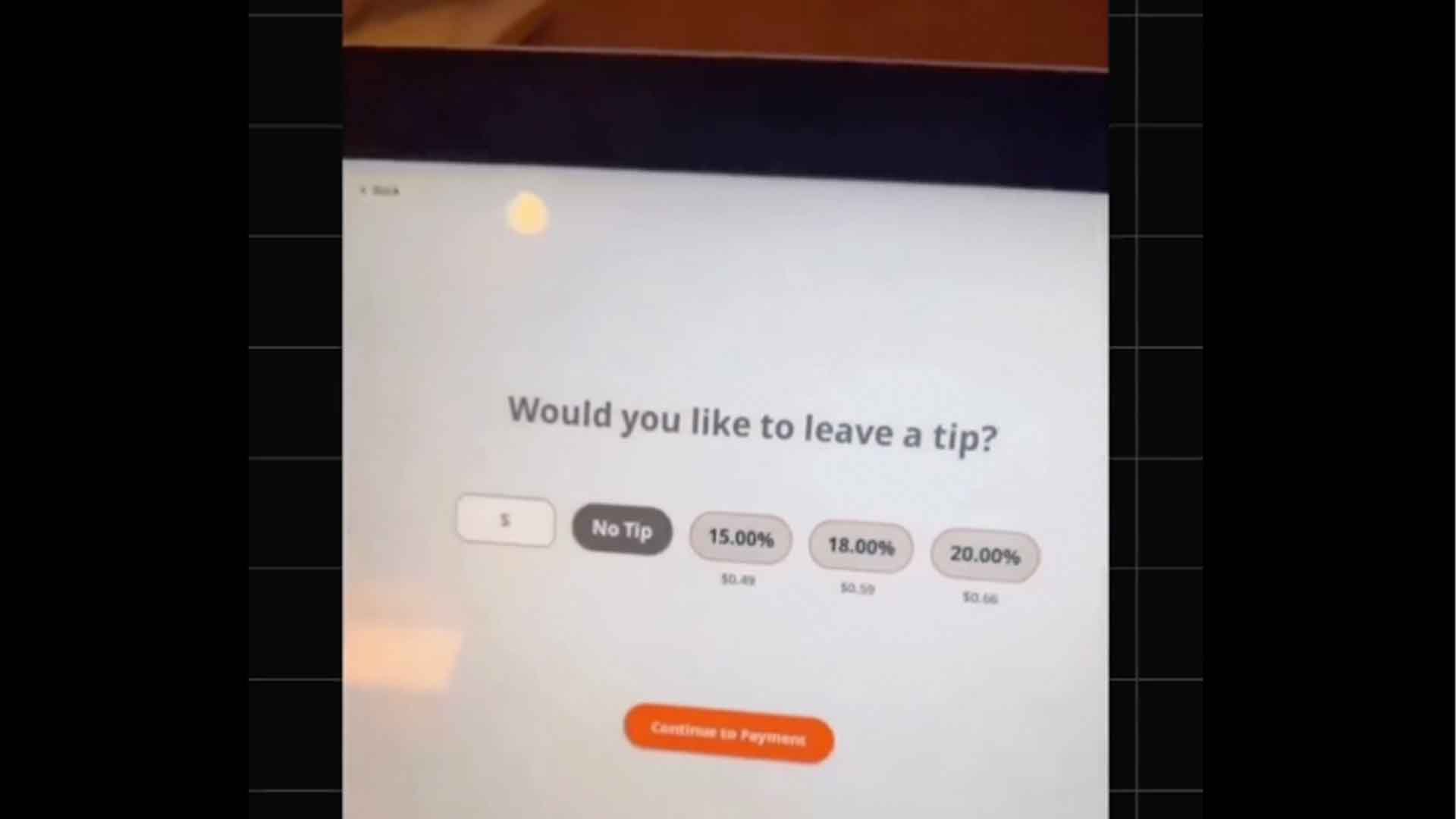
Source: r/therewasanattempt/reddit
The post quickly garnered numerous comments from equally disgruntled users, highlighting a common sentiment among shoppers.
Public Reactions and Humorous Comments
The Reddit post received numerous comments, with users joking about the absurdity. One commented, “Tips for what? For installing the machine?” while another asked, “Does it refund you that amount since you work there now?”
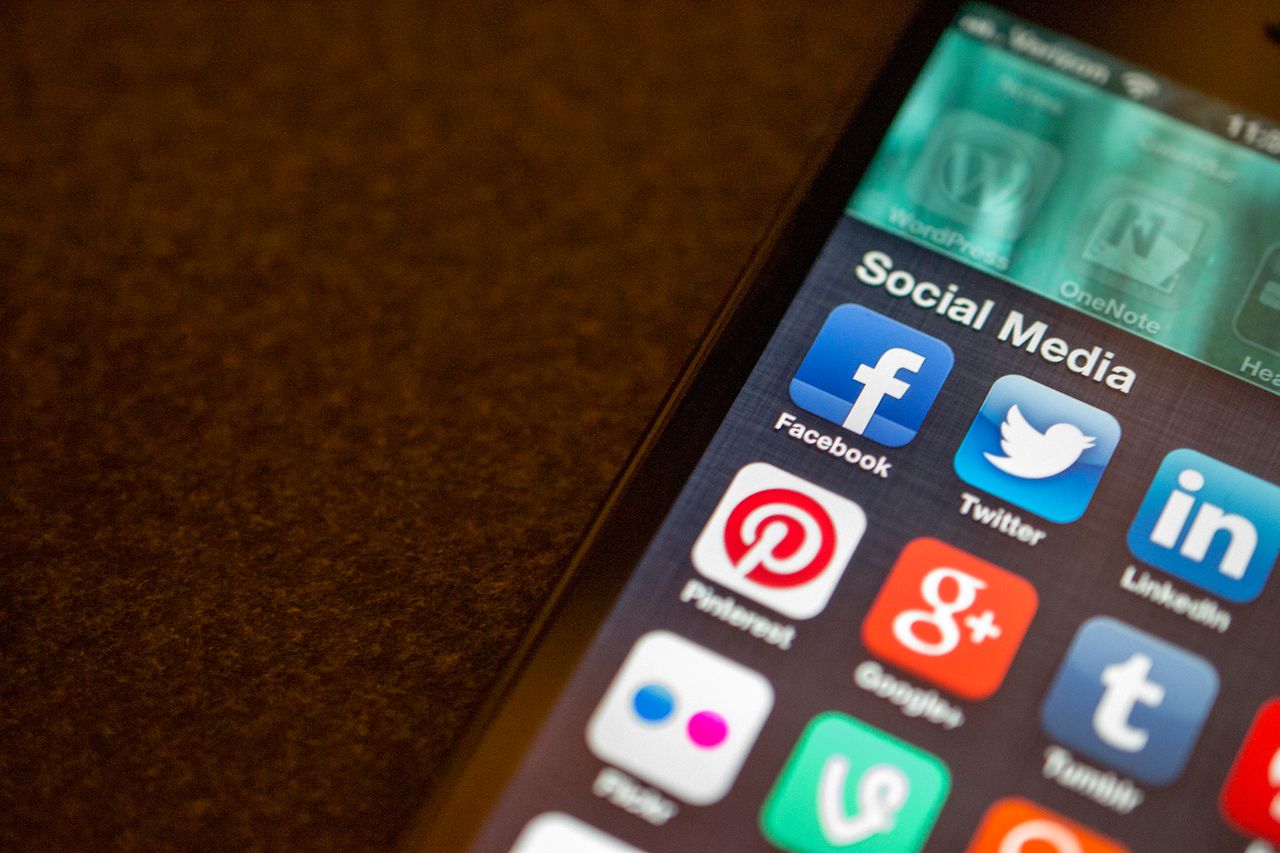
Source: Wikimedia
Another user humorously wrote, “As long as I get the tip for bagging my own groceries I see no issue.”
Widespread Backlash Against Major Retailers
Major retailers like CVS, Target, Walmart, and Costco have also faced backlash for their self-checkout procedures. Customers feel these practices are exploitative and question the purpose and allocation of these tips.

Source: Salonagility.com Daniel/Unsplash
The absence of human interaction in self-checkout makes the request for tips even more perplexing for shoppers.
Tip Requests Beyond Self-Checkout
This isn’t an isolated issue. Cash registers at airports, stadiums, and cafes are also asking for tips of up to 20% (or more).

Source: Kampu Production/Pexels
The phenomenon, dubbed ‘tipflation,’ has expanded tipping culture to new and unexpected places. Customers now encounter tip requests in situations where they never expected to tip before.
The Concept of 'Tipflation'
‘Tipping’ has extended beyond traditional venues like restaurants and bars. Experts suggest this trend is a way for businesses to generate more profit, leading to confusion and frustration among shoppers.

Source: bandistahouston
This expansion of tipping culture has left many wondering about the true purpose behind these requests.
Expert Opinions on Self-Checkout Tips
Ishita Jamar, a senior at American University, questions the rationale behind these tip requests.
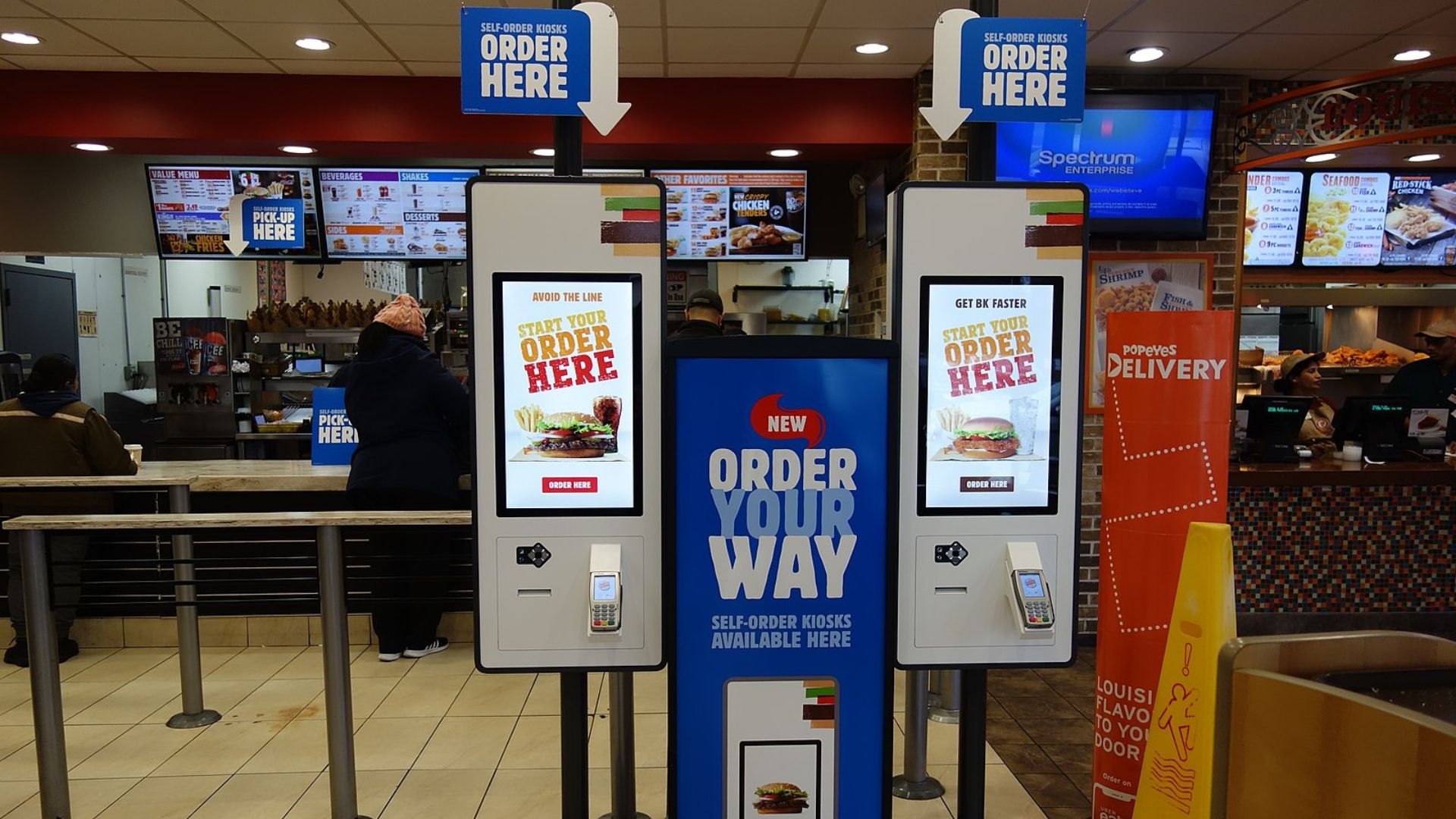
Source: Wikimedia Commons
She points out that businesses are cutting labor costs with self-checkout, so the need for tipping is unclear. Jamar’s comments reflect a broader concern about the fairness and transparency of this practice.
Technological Influence on Tipping Culture
Square, the technology firm behind many iPad check-outs, has reported a 17% increase in transactions with tips at full-service restaurants.
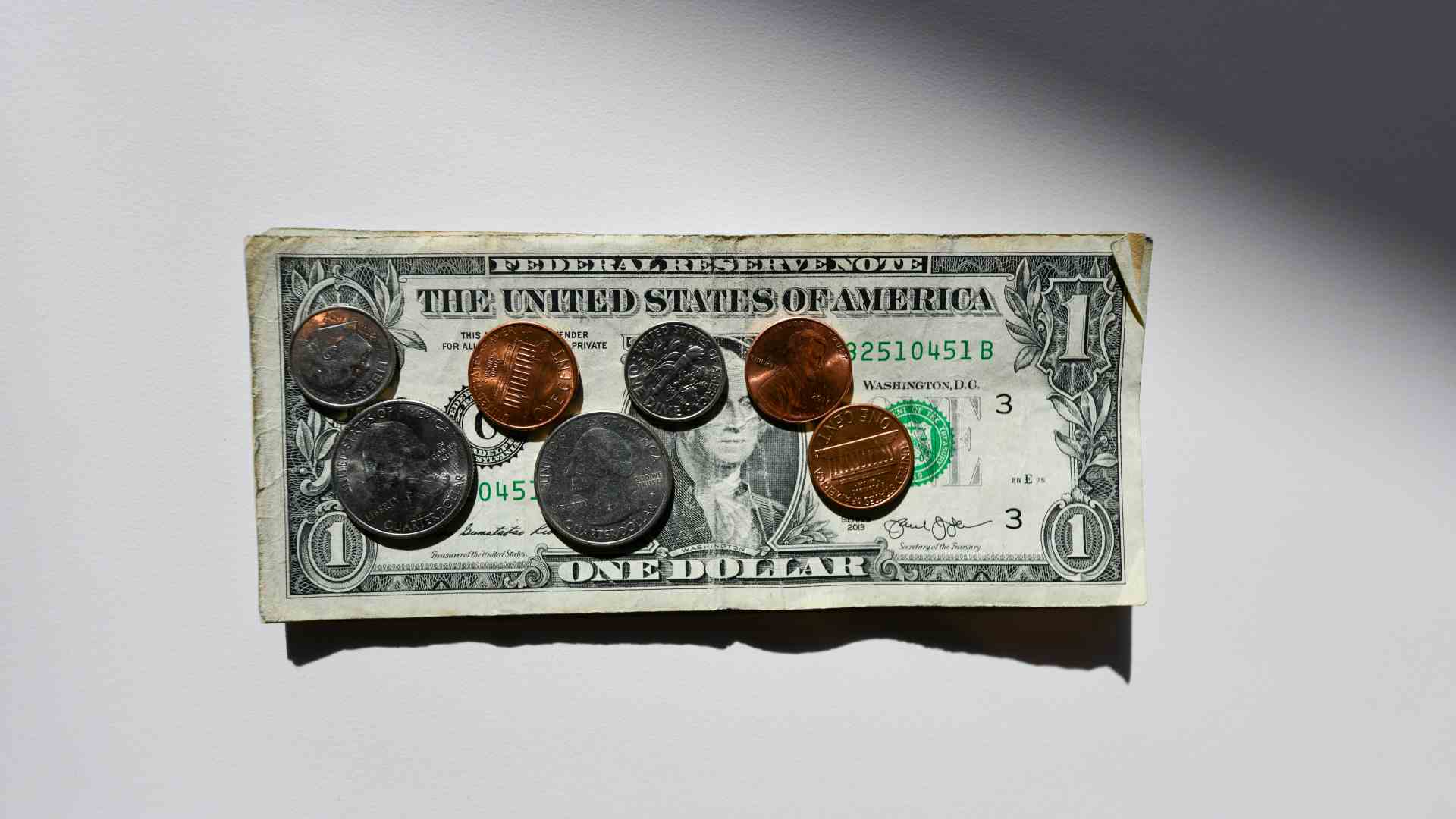
Source: Kenny Eliason/Unsplash
This trend has also extended to quick-service to-go outlets, with a 16% increase since late 2022. The technology encourages tipping, benefiting businesses and platforms like Square.
Legal Obligations and Issues
Legally, employers must give tips directly to their workers. However, there have been lawsuits against businesses for failing to do so.

Source: Blogtrepreneur/Wikimedia Commons
This complicates the decision-making process for consumers who want to ensure their tips benefit the right people. Shoppers are left wondering if their tips truly support employees.
Historical Context of Tipping in America
In the U.S., tipping was traditionally expected in places where service was provided, like restaurants and bars.
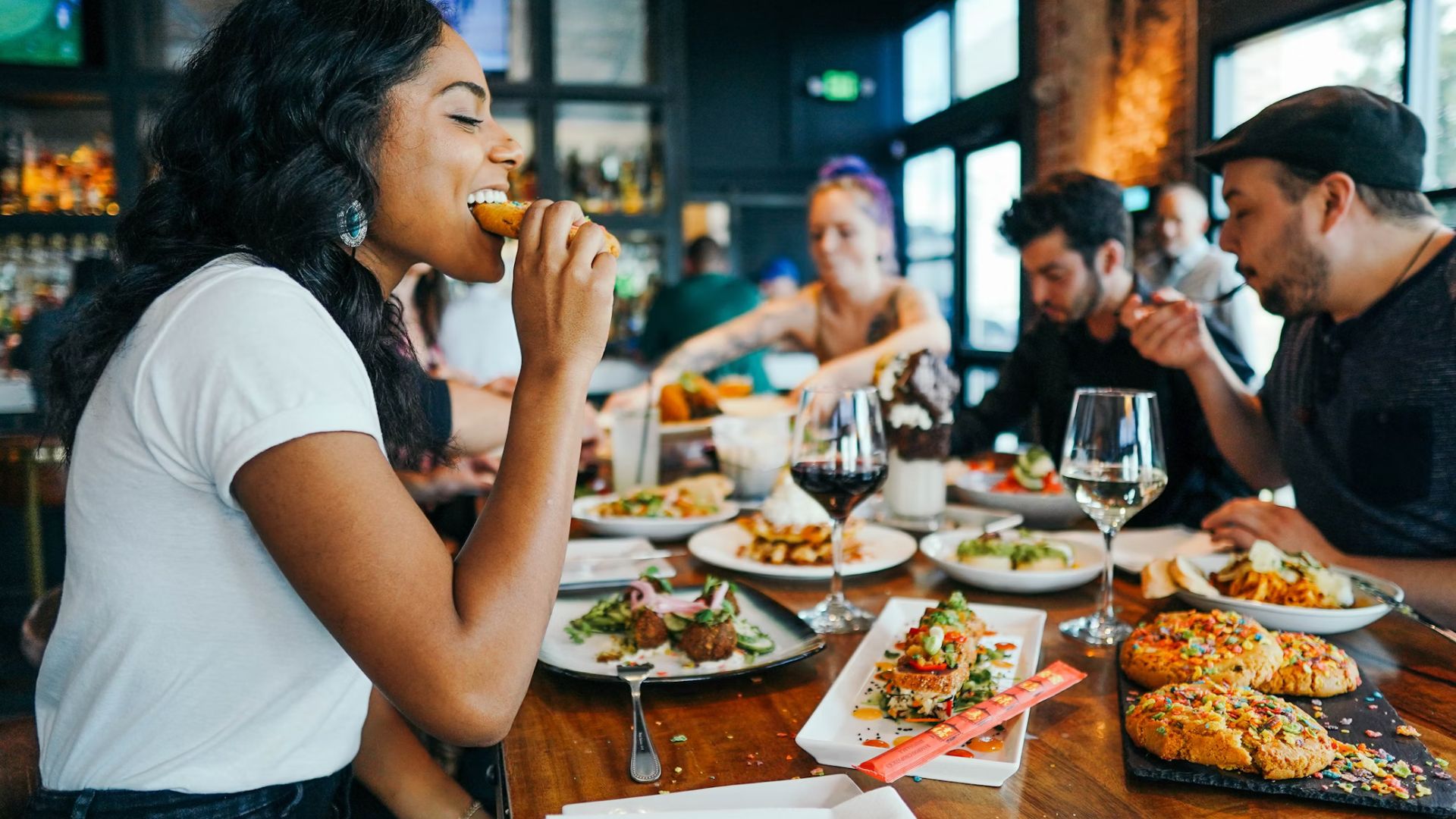
Alex Haney/Unsplash
The pandemic and technological advancements have significantly changed this culture. Tipping has now expanded to a variety of settings, creating new norms and expectations for consumers.
The Impact of the Pandemic on Tipping
During the COVID-19 pandemic, people started tipping more and in new places to support essential workers.
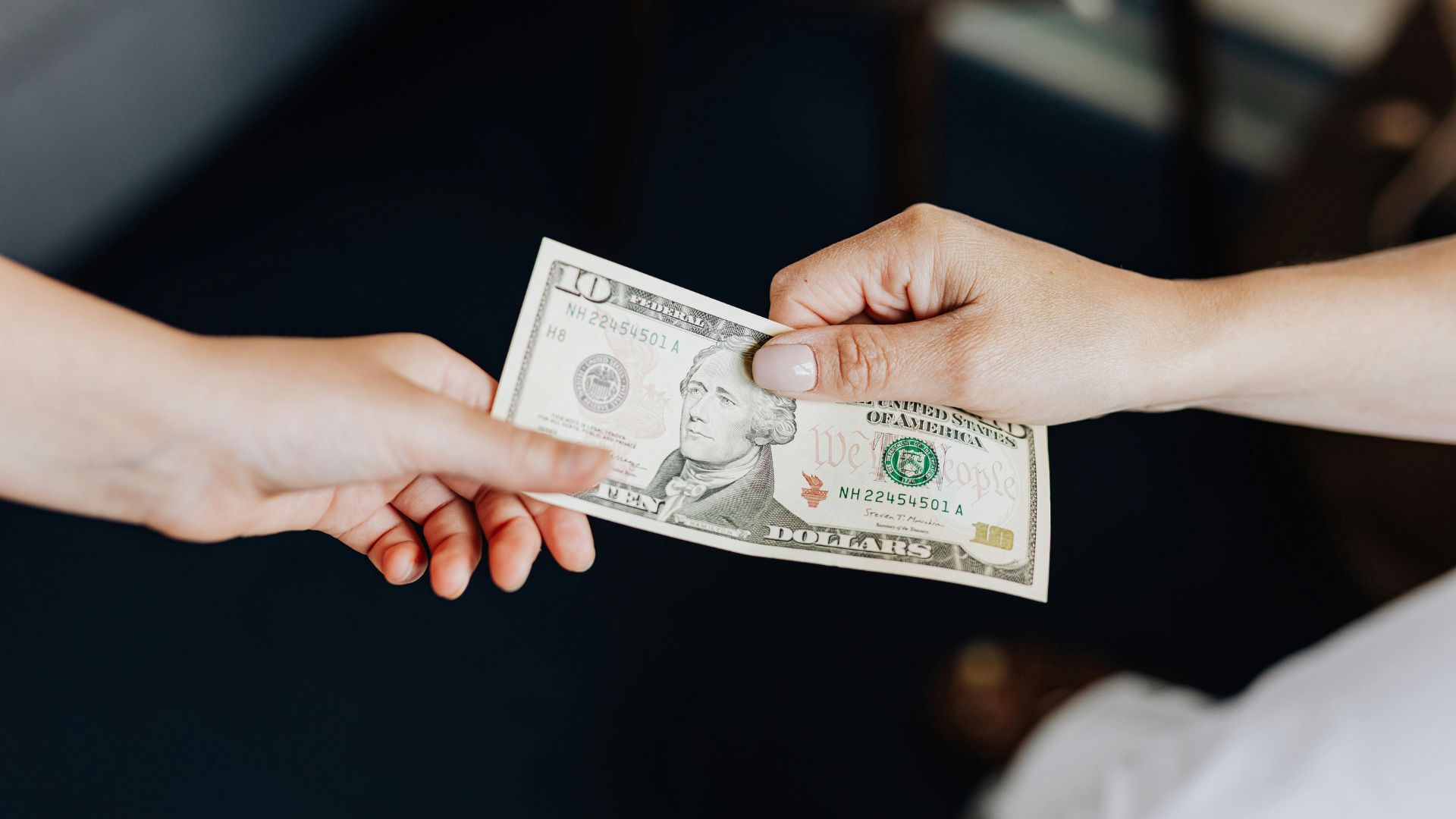
Source: Karolina Grabowska/Pexels
This shift has persisted, even as the immediate crisis has waned, contributing to the current tipping landscape. The pandemic reshaped tipping behaviors, making them more widespread.
Navigating Modern Tipping Practices
With tipping now expected in a variety of settings, consumers are often unsure about how much to tip and who benefits.

Source: Priscilla Du Preez/Unsplash
Although it may be awkward at times, experts recommend asking questions about wage structures and tipping policies to make informed decisions. Understanding these details helps ensure that tips support the intended recipients.
